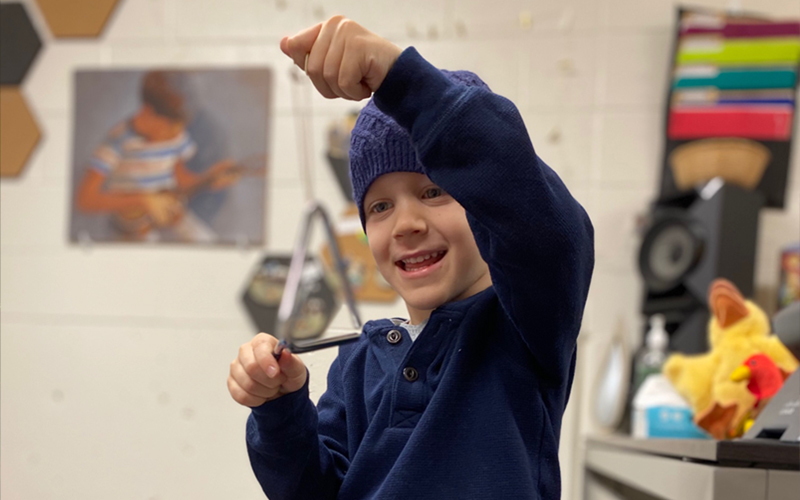Young children process knowledge and gather information through hands-on experiences. The more involved the experience, the greater the opportunity for learning. Each day, our teachers facilitate learning by preparing activities that encourage children to expand on their ideas, take risks, and problem solve. We support their language development by reading, talking to them and listening to their stories, and by recording their words and thoughts on paper or in class books. Learning about letters, numbers, and writing are a part of each classroom, but how it looks to each child is different depending on where he or she is developmentally.
Embedded within our teaching practices are games, manipulatives, stories, sensory activities, dramatic play props, building and constructing materials, music, creative movement, painting with watercolors or temperas, clay work, and the list goes on with ways to reinforce and support each child’s growing abilities and interests. Along with daily opportunities to support each child’s independence and choice, our classrooms are busy, fertile grounds for learning and growing.
Recently I visited our friends at Keystone Learning Academy. It’s always the highlight of my day to see their teachers who have become my friends, their devoted director who works tirelessly for the children in her program, and their students happy and engaged in play. Observing the transformation of their center over the years and the impact it has made on the children and families has been the best part. While touring and visiting, our conversation moved to how did our communities connect, who introduced us? We discovered that for over 25 years, and through several administrative changes, somehow our programs continued to stay connected; really, we’re not sure how it happened. But we are so glad that we did because both of our programs are stronger because of our connectedness.
